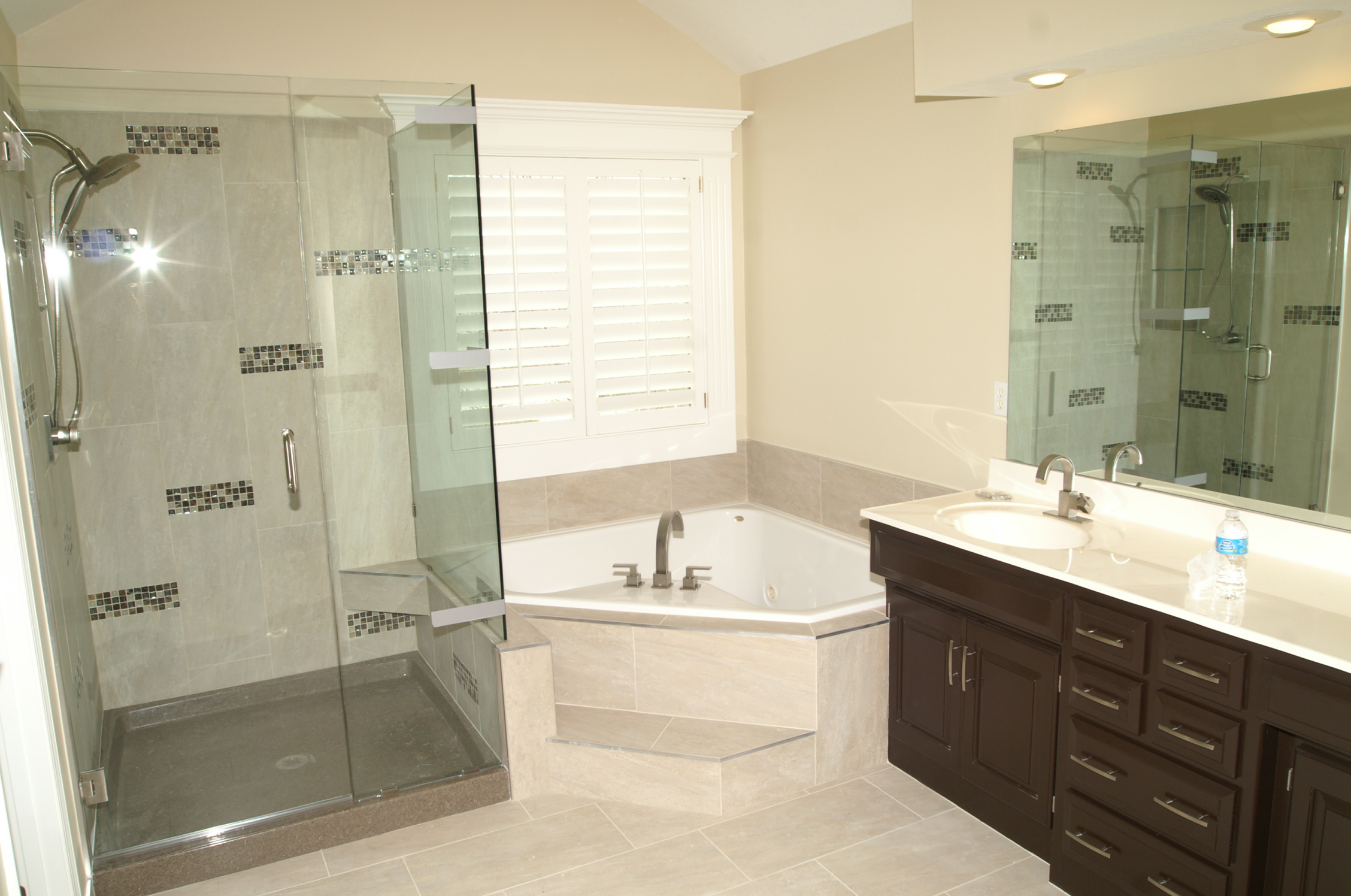Bathroom renovations involve reworking or updating a rest room to enhance its performance, aesthetics, and overall worth

Bathroom renovations contain remodeling or updating a toilet to enhance its functionality, aesthetics, and total worth. Renovations can range from minor beauty modifications to major overhauls, relying on the scope of the challenge and the home-owner's goals. Here are some key aspects of loo renovations:
Planning: Careful planning is important for a profitable rest room renovation. Determine your objectives and priorities, set a price range, and create a renovation plan that outlines the changes you want to make.
Budget: Establish a sensible budget that considers the value of supplies, labor, permits, and unexpected expenses. Be prepared for View website overruns.
Design: Decide on the design and magnificence you want for your new rest room. Consider factors like the colour scheme, fixtures, lighting, and storage choices. You may need to work with a designer or architect to create a practical and aesthetically pleasing design.

Permits: Depending on the scope of your challenge, you could have to acquire permits out of your local constructing department. Check with your municipality to ensure compliance with building codes and laws.
Fixture and Fitting Selection: Choose bathroom fixtures and fittings, such as sinks, faucets, toilets, showers, bathtubs, and cabinets. Consider energy-efficient and water-saving choices to scale back utility prices.
Flooring and Wall Finishes: Decide on the kind of flooring and wall finishes you need. Popular choices include tiles, pure stone, vinyl, and hardwood. Ensure the supplies are suitable for a loo surroundings.
Plumbing and Electrical Work: Depending on the extent of your renovation, you might must reroute or upgrade plumbing and electrical methods. This can include moving plumbing fixtures or updating electrical outlets and lighting.
Storage and Cabinetry: Plan for storage options, such as cabinets, cabinets, and vanities, to keep your rest room organized and clutter-free.
Ventilation: Proper air flow is essential to forestall mold and mildew growth. Consider putting in exhaust fans or bettering present air flow techniques.
Lighting: Lighting is essential for both performance and aesthetics. Choose fixtures that provide sufficient illumination and complement your rest room's design.
Accessibility: If you intend to age in place or have family members with special needs, consider making your bathroom accessible with features like grab bars and curbless showers.
Tiling and Grout: Proper tile installation and grouting are essential for a durable and enticing finish. Ensure that tiles are appropriately spaced, grout strains are sealed, and waterproofingis in place in moist areas.
Finishing Touches: Add ending touches like mirrors, towel racks, and equipment to boost the functionality and appearance of the lavatory.
Clean-Up and Inspection: After development, conduct an intensive clean-up and inspection to make sure every thing is in working order and freed from defects.
Maintenance: Regular maintenance will help protect the standard of your newly renovated bathroom. Follow manufacturer recommendations for cleaning and upkeep of fixtures and supplies.
Bathroom renovations can vary from simple cosmetic upgrades, such as replacing fixtures and repainting, to full-scale reworking with structural changes. The scope and complexity of the renovation will affect the fee, time required, and the necessity for professional contractors or tradespeople. It's important to work with experienced professionals for complex renovations, especially in the event that they involve plumbing, electrical work, or structural modifications..
